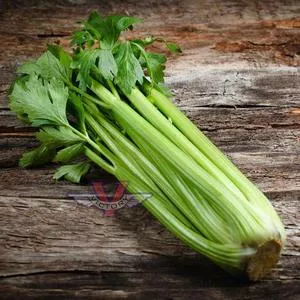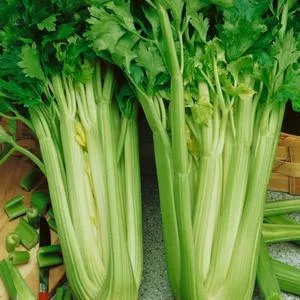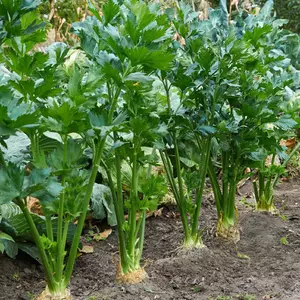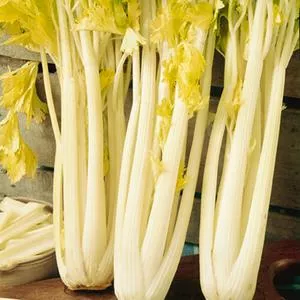Celery & Celeriac
Apium graveolens var. dulce & Apium graveolens var. rapaceum
Since the "heads" best develop in cool weather, seeds are typically sown in the summer and allowed to mature during the fall. But seeds can be sown in January or February under glass or late September to October for wintering in cold frames to plant out in spring. Cauliflower requires slow, steady growing conditions for a successful harvest.
Celery and Celeriac grow under similar conditions (see below). Self-blanching varieties of celery have denser foliage than other varieties. If planted in blocks at nine inch intervals, the foliage is sufficient to blanch the stalks without any additional effort. Otherwise, tie stalks to blanch the hearts.
Celery can generally be harvested by the beginning of fall and if planted in blocks (not trench), it should all be lifted and stored before the first frost. It will stay fresh for several weeks in the refrigerator. Although it can be frozen, celery becomes mushy when thawed so is only used for flavoring in recipes. Dehydrating for winter use as a flavoring to sauces, soups and other dishes is an option.
Each packet contains 0.25 gram, which is approximately 200 seeds.
Click on the name below a variety's picture for detailed descriptive information.
4 found




